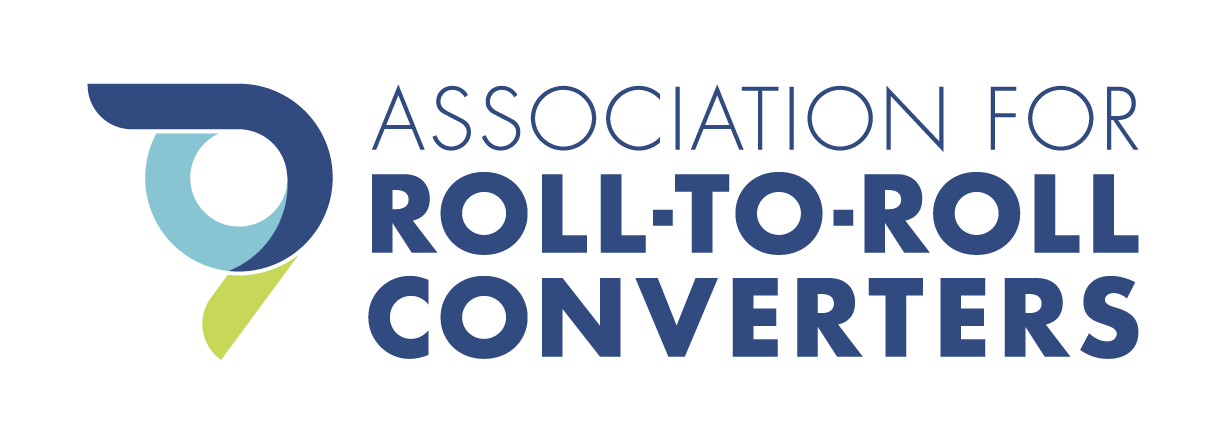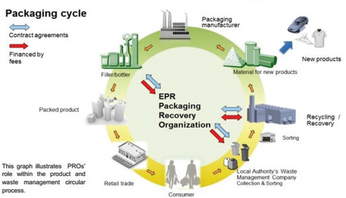Using Smart Technology to Improve Productivity on Coating and Lamination Lines
Presented by R. Duane Smith, Davis-Standard LLC
Consistent unwind splicing and winder transfers are paramount to high productivity on all web substrate processing lines. This is especially true in manufacturing high quality flexible packaging materials on extrusion coating and lamination production lines. Industry trends are to produce ever thinner web materials at ever increasing production speeds. Meeting profitability goals requires that scrap material be minimized and the uptime of the production be maximized for greater yields. Missed unwinding splices and web transfers on the winding processes are significant sources of scrap, downtime and lost production on continuous operations. Every time a transfer fails, the line must be stopped, the scrap web material cleaned up and disposed of and then the line re-threaded and restarted. Typically the total time from the web break until the line is making saleable product again can take more than an hour from the line’s scheduled production time. Appling smart technologies can optimize the unwind splicing and the winding web transfer processes. These smart technologies provide the tools to quickly diagnose or, better yet, predict when a critical element’s performance degrades sufficiently to cause missed transfers. This paper outlines the critical components of unwind splicing and winder transfers and suggests uses for smart technology to maximize production and ultimately the profitability of a continuous coating and lamination line.
This post is for paying members only
SubscribeAlready have an account? Log in

